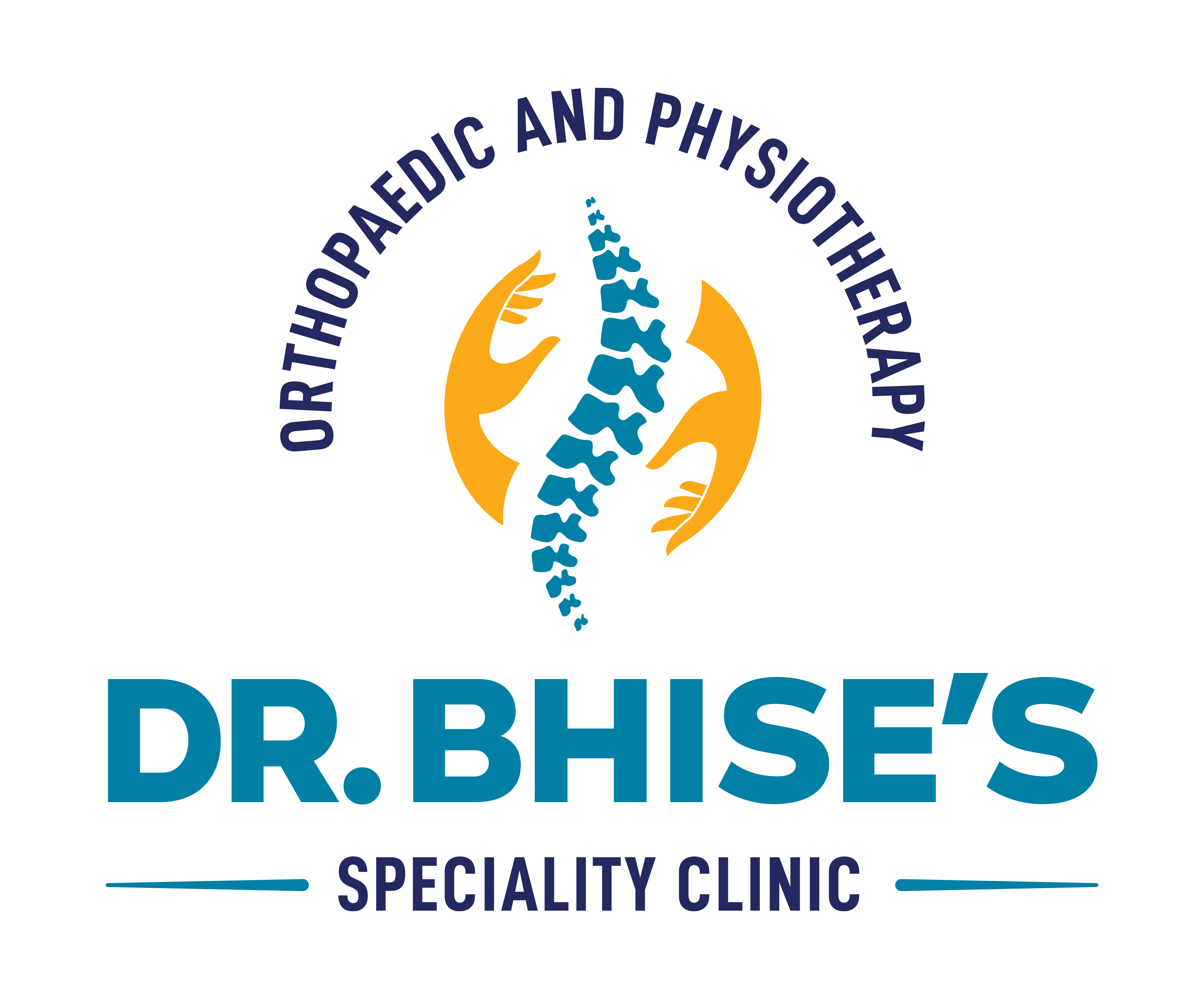It is also known as disc prolapse or disc herniation
The bulging discs may press on the nerve roots coming from the spinal cord.
Apart from the compression, there is also some inflammation around the prolapsed part of the disc, which may irritate the nerve roots and also causes swelling.
Disc prolapse may occur anywhere in the spine, most commonly seen in discs of the lower back (the lumbar spine) followed by the neck (Cervical spine)
In general, the larger the disc prolapse, the more severe the symptoms.
Risk factors include age group between 30-50 years, it is more common in males, in people with weight lifting jobs, jobs involving long hours of sitting, obesity
Symptoms include back pain, radiating to lower limbs (In lumbar spine slip discs) or radiating to upper limbs (in cervical slip discs) which may also be associated with tingling or numbness or weakness in the extremity
Xrays and MRIs are useful in the diagnosis of this condition.
Treatment modalities include physiotherapy and medications
60-70% of patients become better with physical therapy and medications alone.
Epidural steroid injections are advised when there is no relief of symptoms.
Selective nerve root block injections may be given around the nerve roots (Performed in the operation theatre) for symptomatic relief.
Surgery is considered if the symptoms do not settle within 3-6 weeks and urgent intervention is required for severe and progressive neurological deficits
